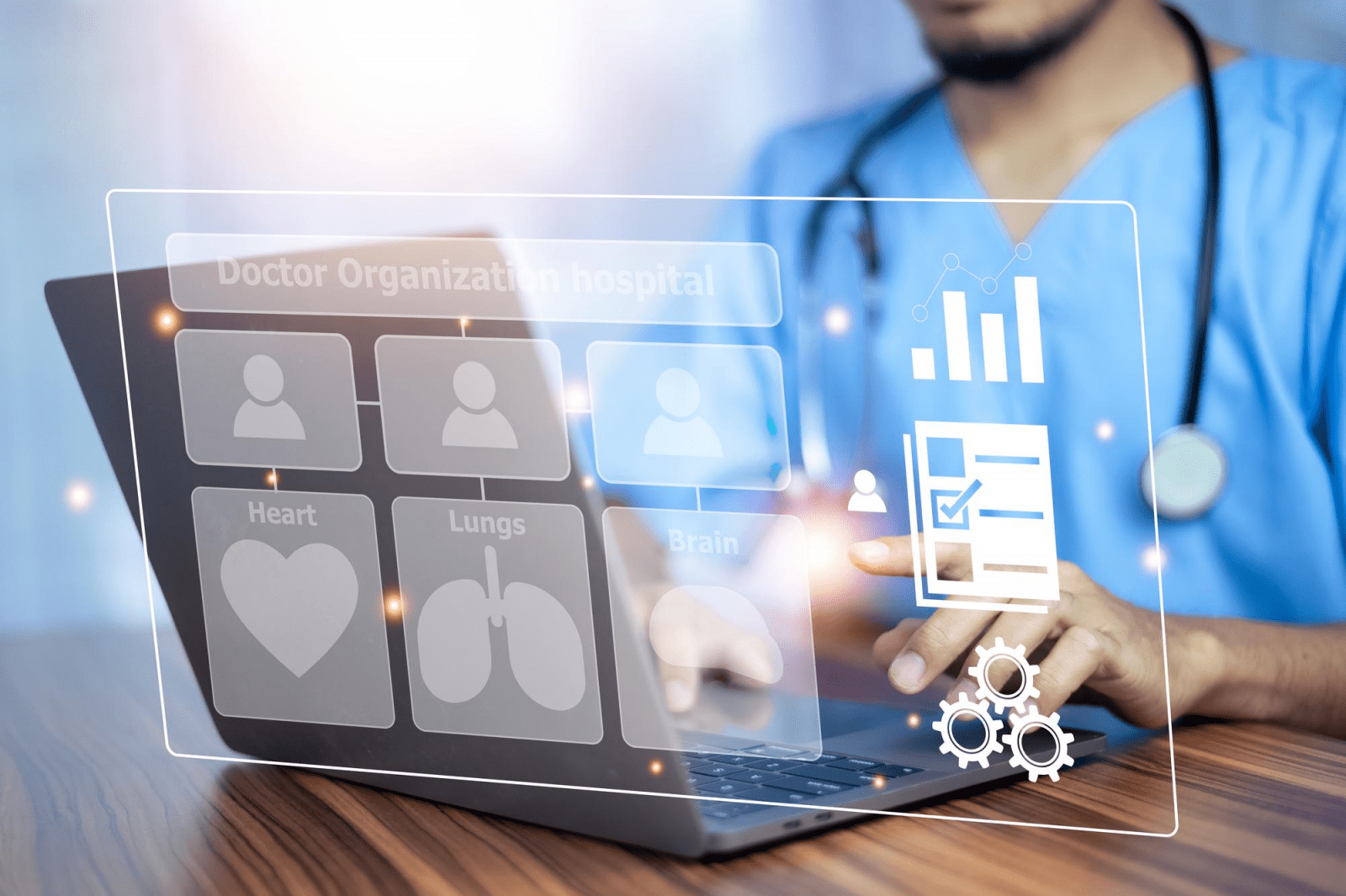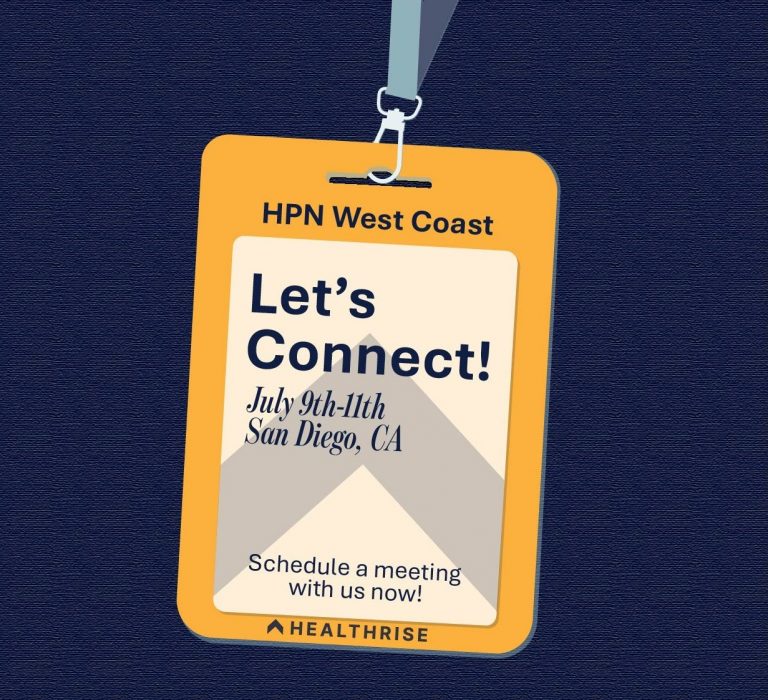

The adrenaline of a successful EHR go-live is real, but what happens next? For many healthcare organizations, the answer lies in the often underappreciated yet mission-critical component of any EHR rollout: the support desk.
Beyond the build and the big launch, ongoing support defines whether providers thrive or flounder in their new digital environment. Here’s how a well-structured EHR support desk becomes the linchpin of long-term success and what today’s top-performing systems are doing differently.
Why the First 90 Days Matter (More Than You Think)
After a go-live, healthcare providers face a wave of adjustments, from navigating new workflows to managing technical glitches in real-time. This period, if unsupported, can lead to frustration, workarounds, and burnout.
A responsive EHR support desk acts like a digital safety net, catching issues before they snowball into productivity losses or patient care disruptions. The most effective service desks resolve a majority of tickets on first contact, dramatically reducing downtime for clinical users.
Real-Time Support for Real-World Satisfaction
In a study by Whatfix, organizations that offered in-application support and live help saw a 40% uptick in EHR user satisfaction. That’s because response time isn’t just about tech, it’s about trust. When a provider can’t log in, access a chart, or finish documentation, every minute counts.
A high-functioning EHR desk:
- Offers 24/7 multi-channel access (phone, chat, ticketing)
- Has fast triage protocols for clinical-impact issues
- Integrates with change management to flag recurring pain points
What the Best Support Desks Have in Common
A hallmark of great EHR support desks is blended staffing—mixing IT professionals with clinicians who speak the same language as end users. This combination closes the gap between technical fixes and clinical relevance.
Here’s what top-tier models look like:
- Clinician Liaisons: Nurses or physicians embedded in support teams to contextualize issues.
- Tiered Escalation: Clear handoff from front-line resolution to back-end engineers.
- Proactive Rounding: On-site support during go-live weeks and peak periods.
Real-Time Support, Real-World Satisfaction
Organizations that offer in-application support and live help often see significant increases in EHR user satisfaction. That’s because response time isn’t just about tech—it’s about trust. When a provider can’t log in, access a chart, or finish documentation, every minute counts.
A high-functioning EHR desk:
- Integrates with change management to flag recurring pain points
- Offers 24/7 multi-channel access (phone, chat, ticketing)
- Has fast triage protocols for clinical-impact issues
Common Pitfalls and How to Avoid Them
Even good systems fail without foresight. Here are typical traps:
- Generic Training: Without role-specific guidance, support desks become bottlenecks.
- Understaffing: Post-go-live periods often need double the normal support headcount.
- Ignoring Feedback Loops: If recurring issues aren’t logged and analyzed, root problems persist.
The Path Forward: From Reactive to Proactive
Support desks should evolve from fire-fighting teams into strategic partners. By tracking patterns, flagging usability trends, and informing EHR optimization, they contribute to continual improvement, not just crisis management.
An effective EHR support desk is invisible when it’s working well, yet transformative when designed with intent. It’s not just about ticket closure rates; it’s about empowering providers, restoring time for patient care, and translating tech into trust.
How Healthrise Can Help
Whether you’re preparing for a large-scale EHR go-live or navigating post-implementation challenges, Healthrise is uniquely positioned to help you succeed.
As a trusted partner to hospitals and health systems nationwide, we offer:
- Custom EHR Support Desk Services: Tailored to your environment, built for high-volume needs, and staffed with experts who understand both the technology and clinical workflows.
- Blended Teams of IT + Clinical Experts: Our support models embed clinicians into service desks, ensuring provider issues are met with both empathy and efficiency.
- Proven Go-Live & Stabilization Support: From elbow support during Day 1 to long-term help desk solutions, Healthrise has supported major EHR transitions nationwide.
- Scalable Staffing Models: Need 24/7 support or surge coverage during peak periods? We align our team size and skills with your evolving needs.
- Outcome-Focused Reporting: Get visibility into support metrics, issue trends, and continuous improvement insights that fuel optimization.
Healthrise doesn’t just fix tickets, we help build a support culture that empowers your providers and elevates your digital health investments.
Ready to future-proof your EHR experience? Connect with Healthrise to explore a support model that’s built around your success.



